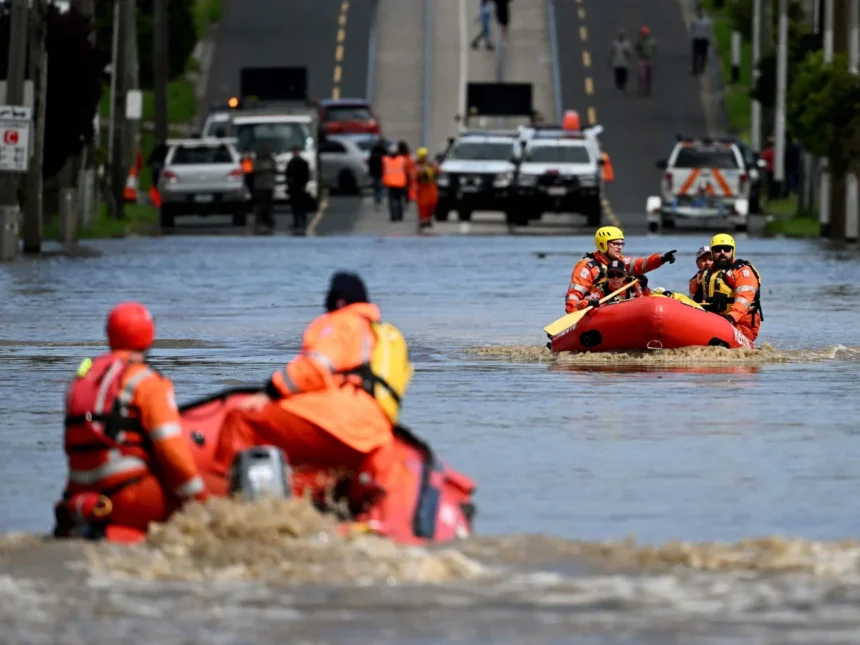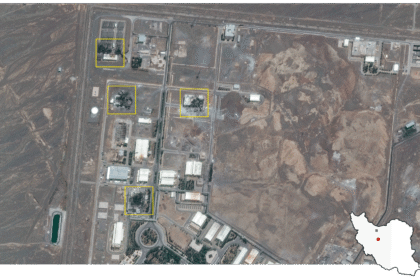San Antonio Faces Unprecedented Flooding Catastrophe as Torrential Rains Kill at Least 11
San Antonio, Texas — The heart of South Texas is reeling after a devastating weather event left at least 11 people dead and several more unaccounted for. In just a matter of hours, the city was overwhelmed by a deluge equal to more than a month’s worth of rain, triggering flash floods, landslides, and chaos across the region. As the floodwaters recede, the full scale of the tragedy is beginning to emerge.
According to the National Weather Service, parts of San Antonio received between 8 to 12 inches of rain within 24 hours, an unprecedented volume that saturated the ground, inundated rivers, and rendered the city’s drainage systems useless. The San Antonio River swelled beyond its banks, flooding neighborhoods, sweeping away vehicles, and trapping residents in their homes.
The death toll has continued to climb since the storm hit, with emergency responders discovering victims in submerged vehicles, collapsed homes, and low-lying areas. Search and rescue operations are ongoing, and officials fear the number of missing may grow as access to cut-off areas improves.
A Night of Chaos and Rising Water
The city’s infrastructure, though designed to handle heavy rainfall, was no match for the intensity and duration of the storm. The heaviest rains began late in the evening, catching many off guard. Flash flood warnings were issued shortly before midnight, but by that time, many roads had already become impassable. Emergency services were flooded with calls for help, and the city’s 911 system was overwhelmed.
“There was no time,” said Maria Lopez, a resident of the city’s South Side who narrowly escaped with her two children. “The water came into the house so fast, we barely got out. We climbed onto the roof and waited all night for help.”
Firefighters, police officers, and volunteer rescue crews worked through the night, deploying boats and helicopters to reach stranded residents. In some areas, rescuers had to wade chest-deep in water to reach those trapped in attics or clinging to rooftops.
Infrastructure Crippled, Power Outages Widespread
The storm left a trail of destruction across the city. Dozens of roads and bridges have been damaged or completely washed out. Power lines were downed by both flooding and high winds, plunging more than 200,000 residents into darkness. Cell towers were also affected, leaving entire neighborhoods cut off from communication.
San Antonio Water System (SAWS) reported several sewer overflows, prompting concerns about waterborne illnesses. Local hospitals are seeing an influx of patients suffering from hypothermia, injuries, and flood-related complications.
City officials have urged residents to boil water as a precaution and to avoid flooded areas, which remain extremely hazardous due to downed power lines, debris, and strong currents.
Emergency Response and Federal Aid
Texas Governor Greg Abbott has declared a state of emergency for Bexar County and several surrounding areas, unlocking additional resources for disaster relief. “This is one of the most severe flood events we have witnessed in recent memory,” Abbott said during a press conference. “We are deploying every resource available to ensure the safety and recovery of all affected Texans.”
President Joe Biden has been briefed on the situation and has promised federal assistance. FEMA officials are already on the ground in San Antonio, coordinating logistics and setting up temporary shelters.
More than 30 shelters have been established across the city, providing displaced residents with food, water, and temporary housing. The American Red Cross and other NGOs are distributing emergency supplies and assisting with family reunification efforts.
Climate Change and the Increasing Frequency of Weather Extremes
While flash floods are not new to Texas, meteorologists and climate scientists are warning that this event may be a harbinger of things to come. The intensity and frequency of extreme weather events, including heavy rainfall, are widely believed to be linked to a warming climate.
“This wasn’t just a fluke storm,” said Dr. Caroline Myles, a climatologist at the University of Texas. “Warmer air holds more moisture, which can lead to heavier downpours. We are seeing more of these short, intense bursts of rain that overwhelm infrastructure and cause catastrophic flooding.”
City leaders are now facing difficult questions about preparedness and resilience. While San Antonio has invested in flood control systems, critics argue the city must do more to address vulnerabilities in poorer, low-lying neighborhoods that tend to suffer the most in such disasters.
Stories of Loss and Survival
As rescue operations continue, stories of heartbreak and heroism are emerging. One family lost three members when their car was swept into a drainage canal. A firefighter was injured while rescuing a stranded elderly couple. In another part of the city, a group of neighbors formed a human chain to pull a mother and child to safety from rushing water.
“These were our neighbors, our friends, our family members,” said Mayor Ron Nirenberg. “This tragedy is personal for all of us. But in the face of immense loss, we have also seen the best of humanity. Strangers helping strangers, communities coming together — that’s the spirit of San Antonio.”
What Comes Next
Recovery will take weeks, if not months. Damage assessments are ongoing, and city officials estimate that the cost to repair infrastructure could exceed $500 million. Insurance claims are expected to surge, and many homeowners in affected areas may not have flood insurance, leaving them financially devastated.
Mental health services are also being ramped up to help survivors cope with the trauma of loss and displacement. Schools in the hardest-hit zones remain closed, and utility crews are working around the clock to restore power and water services.
For now, the city is focused on saving lives, sheltering the displaced, and beginning the long road to recovery.
Conclusion
The San Antonio flood is not just a local tragedy — it is a national wake-up call. As climate extremes become more frequent, cities across the U.S. must invest in resilient infrastructure, emergency preparedness, and sustainable urban planning. For the people of San Antonio, life has been changed forever by a single night of rain that became a deluge of sorrow. As the water recedes, the city must now confront the monumental task of rebuilding — and preparing for what the future may hold.










